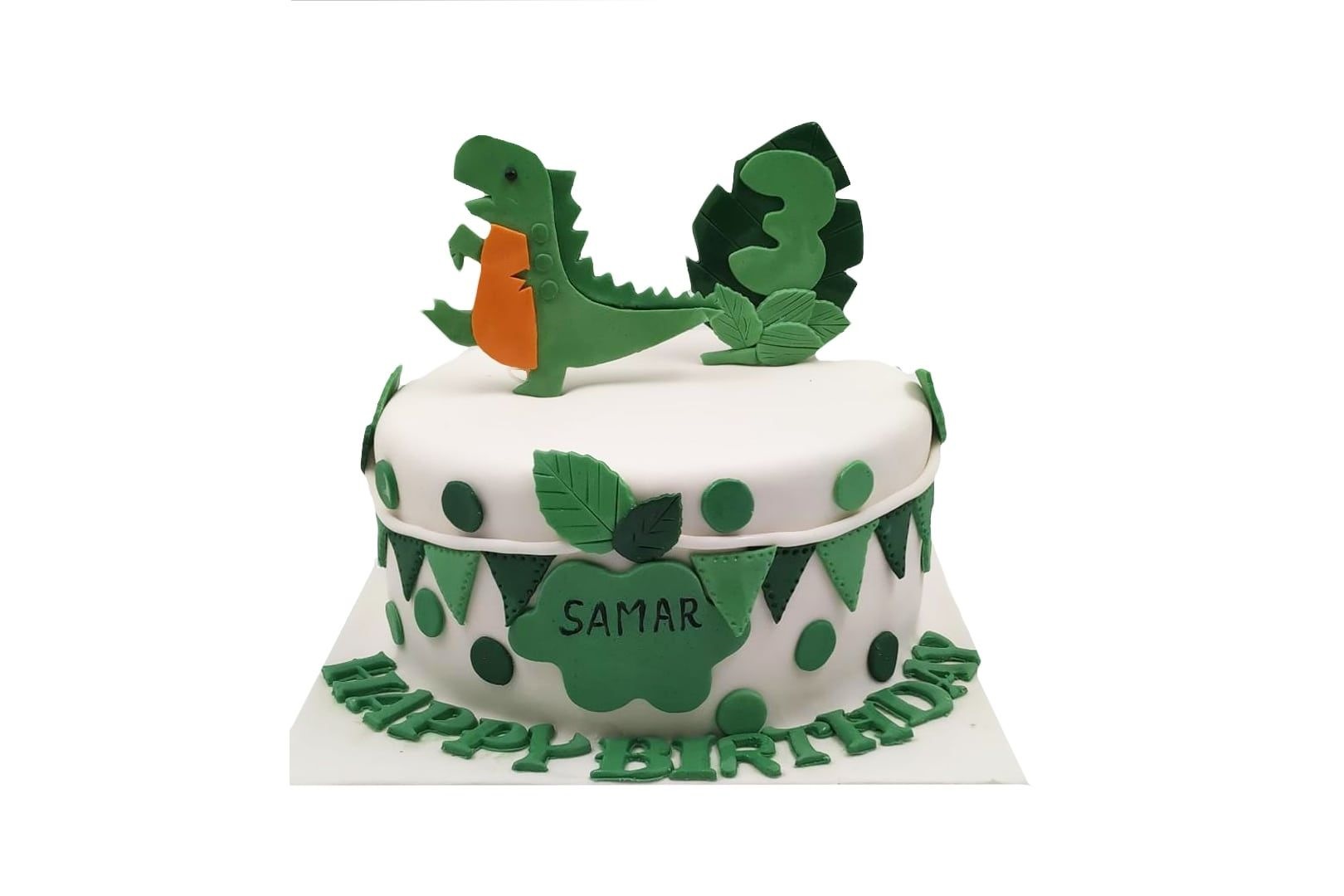

Articles
How To Store Fondant Cake Before Delivery
Modified: February 22, 2024
Looking for tips on how to store fondant cake before delivery? Check out our articles for expert advice and ensure your cakes stay fresh and beautiful!
(Many of the links in this article redirect to a specific reviewed product. Your purchase of these products through affiliate links helps to generate commission for Storables.com, at no extra cost. Learn more)
Introduction
When it comes to delivering a fondant cake, proper storage and transport are crucial to ensure that it arrives at its destination in perfect condition. Fondant cakes are delicate creations that require special care to maintain their shape, texture, and appearance.
In this article, we will guide you through the essential steps to store a fondant cake before delivery. By following these tips, you can preserve the quality and beauty of your cake, ensuring that it remains fresh, intact, and ready to impress your clients or loved ones.
From selecting the right storage container to maintaining the ideal temperature, we’ll cover everything you need to know to keep your fondant cake in pristine condition. So, let’s get started on this journey to preserve the artistry of your cake and wow your customers or recipients.
Key Takeaways:
- Properly storing and delivering fondant cakes requires attention to detail, from selecting the right storage container to securing the cake during transportation. Following these steps ensures the cake arrives in perfect condition, delighting recipients.
- Wrapping the cake securely, finding the ideal storage temperature, and taking precautions during transportation are crucial for preserving the taste and visual appeal of fondant cakes. Careful unwrapping and inspection upon arrival guarantee a delightful experience for recipients.
Read more: How To Store A Cake With Fondant
Step 1: Choose the Right Storage Container
When storing a fondant cake, it is essential to have a suitable storage container to protect it from external factors. The container should be sturdy, airtight, and provide enough space for the cake without squishing it. Here are some factors to consider when choosing the right storage container:
Size: Select a container that is slightly larger than the cake to allow for some air circulation and prevent the cake from coming into contact with the sides of the container. This will help maintain the cake’s shape and prevent any deformation.
Material: Opt for a food-grade, airtight container made from a durable material like plastic or glass. Make sure the container is free from any cracks or damage that may compromise its ability to protect your cake.
Height: Ensure that the container has enough height to accommodate the cake without compressing it. The top of the container should be at least a few inches above the highest point of the cake to avoid smudging or damaging any decorations or delicate components.
Sealability: Look for a container with a tight-fitting lid or cover that creates a secure seal. This will help maintain the cake’s freshness and prevent any external odors or moisture from affecting its taste or texture.
Clear Visibility: Consider using a container with a transparent lid or sides. This allows you to easily monitor the condition of the cake without having to open the container, reducing the risk of damage or exposure to air.
By selecting the right storage container, you can ensure that your fondant cake remains protected and intact throughout the storage and transportation process. Remember to clean and sanitize the container thoroughly before use to maintain the highest standards of hygiene.
Step 2: Preparing the Cake for Storage
Before placing your fondant cake in the storage container, there are a few preparations you need to make to ensure its longevity and quality. Follow these steps to adequately prepare your cake:
Allow the Cake to Cool: After baking and decorating the cake, give it enough time to cool completely. Placing a warm cake in a storage container can lead to condensation, which can damage the fondant and cause it to become sticky or lose its shape.
Remove Non-Edible Decorations: If your cake has any non-edible decorations such as plastic toppers or wire supports, remove them before storing. These items may not hold up well during storage and can potentially damage the fondant or create a mess.
Secure Loose Components: If your cake has any loose or delicate components, such as sugar flowers or fondant decorations, secure them in place using edible glue or a small amount of royal icing. This will prevent them from shifting or falling off during storage.
Level the Cake: If your cake has any uneven or bulging sections, carefully trim and level it using a sharp knife or cake leveler. This step will help the cake maintain its shape during storage and prevent any potential imbalances.
Consider Using Cake Boards: For added stability, you can place your fondant cake on a sturdy cake board before storing it. This will provide a solid base and make it easier to transfer the cake to the storage container without damaging it.
Freeze If Necessary: If you anticipate a longer storage period or want to prepare the cake in advance, you can opt to freeze it before storage. To do this, wrap the cake tightly in plastic wrap to prevent freezer burn. Once thawed, allow the cake to come to room temperature before applying fondant.
By following these steps to prepare your fondant cake for storage, you can ensure that it remains stable, intact, and ready for transport. Taking the time to properly prepare the cake will help maintain its overall quality and presentation, ensuring a delightful experience for the recipient.
Step 3: Wrapping the Cake Properly
Properly wrapping your fondant cake is essential to protect it from air exposure, which can cause the cake to dry out or develop a stale taste. Follow these steps to ensure that your cake is wrapped securely:
Crumb Coat the Cake: Before wrapping the cake, consider applying a thin layer of buttercream or ganache around the entire cake. This crumb coat serves as a protective barrier and helps seal in the cake’s moisture, preventing it from drying out.
Use Plastic Wrap: Start by wrapping the entire cake in several layers of plastic wrap. Make sure the wrap is taut and covers the surface of the cake completely. This will help keep the cake fresh and prevent any external odors from permeating the fondant.
Avoid Foil or Aluminum Wrap: While plastic wrap is ideal for preserving the moisture and freshness of the cake, avoid using foil or aluminum wrap. These materials can cause the fondant to become sticky and lose its shape due to condensation.
Set the Cake Upright: If your fondant cake has multiple tiers, it is best to stack and secure them before wrapping. Afterward, use dowels or cake supports to keep the tiers stable while wrapping.
Consider Using a Cake Box: For added protection, you may place the wrapped cake in a sturdy cake box. The box will offer additional support during transport and prevent any accidental damage to the wrapped cake.
Label the Container: To avoid confusion or mishandling, label the storage container with the cake’s flavor, date of preparation, and any handling instructions. This will help ensure that your cake is treated with the utmost care and stored correctly.
By following these steps to wrap your fondant cake properly, you can safeguard its freshness and flavor. Wrapping the cake securely will protect it from drying out and maintain its delicate texture, so it’s ready to be enjoyed when it reaches its final destination.
Step 4: Finding the Ideal Storage Temperature
Temperature is a critical factor in preserving the quality and structure of your fondant cake. It’s important to store the cake in a location with the ideal temperature to ensure its freshness. Follow these guidelines to find the perfect storage temperature:
Avoid Extreme Temperatures: Do not store your fondant cake in an area that is too hot or too cold. Extreme temperatures can cause the cake to melt or freeze, leading to moisture issues and ruining the texture of the fondant.
Refrigeration Guidelines: In general, refrigeration is not recommended for fondant-covered cakes due to the potential for condensation. However, if your cake contains perishable fillings or is in a warm climate, place it in the refrigerator. Keep in mind that refrigeration can cause the fondant to become sticky or develop a shiny appearance.
Avoid Sunlight and Direct Heat: Store your cake in a cool, dark place away from direct sunlight, as sunlight can cause the colors on the cake to fade and the fondant to become too soft. Also, keep it away from heat sources such as ovens, stovetops, or heaters, which may alter its texture.
Room Temperature Storage: If possible, store your fondant cake at room temperature, preferably in an air-conditioned environment. Ensure that the room temperature does not exceed 75°F (24°C) to prevent the cake from melting or becoming too soft.
Duration of Storage: Fondant cakes are best consumed within 2-3 days after being prepared. Therefore, try to limit the storage period to maintain the cake’s freshness and taste. If you anticipate a longer storage time, freezing the cake may be a better option.
By following these temperature guidelines, you can maintain the quality and structure of your fondant cake during storage. Remember that temperature control is crucial to preserving the cake’s taste, texture, and overall appeal, ensuring that it delights everyone who enjoys it.
Store fondant cakes in a cool, dry place away from direct sunlight. If possible, place the cake in a cardboard box to protect it from dust and keep it fresh before delivery.
Read more: How To Store Cake With Fondant
Step 5: Storing the Fondant Cake Properly
Now that your fondant cake is appropriately prepared and wrapped, it’s time to store it properly to maintain its freshness and appearance. Follow these steps for storing your fondant cake:
Select a Suitable Location: Find a secure and stable spot to store your fondant cake. Ideally, this should be a cool, dry place away from direct sunlight and heat sources. Consider using a cake storage area or a dedicated refrigerator shelf to ensure the cake remains undisturbed.
Keep it Elevated: Place your wrapped cake on a raised surface such as a cake board or a sturdy cake stand. By elevating the cake, you can prevent moisture from gathering underneath and causing the fondant to become soggy.
Avoid Stacking: If you have multiple fondant cakes to store, avoid stacking them directly on top of each other. The weight and pressure can cause the fondant to become misshapen or damaged. Instead, store each cake separately using individual containers or cake boxes.
Minimize Handling: Once the fondant cake is stored, minimize unnecessary handling or movement. Frequent handling can lead to smudging or damage to the decorations and shape of the cake. Only handle the cake when necessary, such as during transportation or when ready to be served.
Monitor the Environment: Regularly check the storage environment for any changes in temperature or humidity. If necessary, make adjustments to maintain the optimal conditions for your fondant cake. Additionally, ensure that the storage area remains clean and free of any potential contaminants.
Follow Best Before Date: Pay attention to the best before date of the cake and plan to deliver or consume it before it expires. Fondant cakes are best enjoyed when they are fresh and at their peak condition, so try to adhere to the recommended shelf life.
By storing your fondant cake properly, you can preserve its taste, texture, and visual appeal. Following these guidelines will help keep the cake in optimal condition until it is ready to be presented to your clients, loved ones, or customers.
Step 6: Transportation Tips for Delivering Fondant Cakes
Transporting a fondant cake requires careful handling to ensure it reaches its destination in pristine condition. Follow these tips to ensure a smooth and successful delivery:
Plan Ahead: Plan your route and schedule the delivery in advance to allow ample time for transportation. This will help you avoid rushing and minimize any potential mishaps along the way.
Secure the Cake: Place the wrapped cake in a sturdy box or cake carrier that provides a snug fit to prevent it from shifting or tilting during transit. Use non-slip mats or foam pads to provide additional stability and cushioning.
Level Surface: Ensure that the cake is placed on a level surface within the vehicle, such as the trunk or a flat area on the floor. This will help prevent the cake from sliding or toppling over during turns or sudden stops.
Drive Smoothly: Keep a steady and smooth driving style to minimize the chances of the cake shifting or getting damaged. Avoid sudden accelerations or abrupt braking, and take corners and turns carefully to maintain the stability of the cake.
Avoid Heat or Cold: If you’re transporting a fondant cake during extreme weather conditions, take precautions to protect it. Use insulated bags or coolers with ice packs to maintain a cool temperature during hot weather, and use blankets or a heated environment during cold weather.
Bring Necessary Supplies: Carry a supply kit with essentials such as extra fondant, royal icing, a cake spatula, and any decorations or tools that may be required for last-minute touch-ups or repairs.
Communicate Handling Instructions: If you are not personally delivering the cake, provide clear and detailed instructions to the person responsible for transportation. Highlight any specific handling instructions, such as keeping the cake upright or avoiding sharp turns.
Double-check Upon Arrival: Once the cake has reached its destination, carefully inspect it for any damage or issues that may have occurred during transit. Make any necessary adjustments, repairs, or touch-ups before presenting it to the recipient.
By following these transportation tips, you can ensure that your fondant cake arrives intact and visually stunning. Paying attention to the details of transportation will help you deliver a cake that exceeds expectations and brings joy to those who receive it.
Step 7: Unwrapping the Cake and Ensuring Quality
After safely delivering the fondant cake to its destination, it’s time to carefully unwrap it and ensure that it has maintained its quality during transit. Follow these steps to unwrap the cake and guarantee its freshness:
Find a Clean Surface: Place the cake on a clean, flat surface that has been prepared beforehand. Use a non-slip mat or a cake board to prevent the cake from sliding or shifting as you unwrap it.
Remove the Exterior Wrapping: Begin by gently removing the outer layers of plastic wrap or any additional protective covering around the cake. Be careful not to put pressure on the cake or disturb any delicate decorations.
Allow the Cake to Adjust: After unwrapping, give the cake some time to adjust to the ambient temperature. This will help it return to its ideal texture and prevent any condensation from forming on the surface of the fondant.
Inspect for Damages or Shifts: Carefully examine the cake for any damages or shifts that may have occurred during transport. Look for any smudges, cracks, or deformities in the fondant and assess if any repairs or touch-ups are needed.
Check for Freshness: Verify the freshness and taste of the cake by smelling and gently pressing the surface. If the cake smells off or feels stale, it may have been compromised during transit. Use your judgment to determine if the cake is still suitable for consumption.
Complete Any Necessary Touch-ups: If you notice any imperfections on the cake, such as minor cracks or decorations that are out of place, make the necessary repairs or touch-ups using additional fondant, royal icing, or edible glue.
Present the Cake: Once you have inspected and assessed the cake, it is ready to be presented to your clients, loved ones, or customers. Place it on a decorative cake stand or platter to showcase its beauty and ensure an impressive presentation.
By unwrapping and assessing the fondant cake with care, you can ensure that it has retained its quality and appearance during transportation. Taking the time to inspect and address any potential issues will help guarantee a delightful experience for the cake’s recipients.
Conclusion
Storing and delivering a fondant cake requires careful attention to detail, from selecting the right storage container to ensuring proper temperature control during transport. By following the steps outlined in this article, you can maintain the quality, freshness, and visual appeal of your fondant cake, ensuring that it arrives in perfect condition.
Choosing a suitable storage container that provides the necessary protection and space for the cake is crucial. Wrapping the cake properly with plastic wrap helps to maintain its moisture and prevent any damage. Finding the ideal storage temperature, whether at room temperature or refrigerated, is essential to preserve the taste and texture of the cake.
During transportation, take necessary precautions to secure the cake, drive smoothly, and protect it from extreme heat or cold. Communication regarding handling instructions and providing a supply kit for any repairs or touch-ups is essential when entrusting the cake to others for transport.
Once the cake reaches its destination, carefully unwrap it and examine it for any damages or shifts that may have occurred during transit. Make any necessary repairs or touch-ups before presenting the cake to ensure its visual perfection.
In conclusion, by following the steps outlined in this article, you can store and deliver fondant cakes with confidence. Whether it is for a special occasion or a professional order, your fondant cakes will not only retain their freshness and taste but also wow your clients, loved ones, or customers with their impeccable presentation.
Frequently Asked Questions about How To Store Fondant Cake Before Delivery
Was this page helpful?
At Storables.com, we guarantee accurate and reliable information. Our content, validated by Expert Board Contributors, is crafted following stringent Editorial Policies. We're committed to providing you with well-researched, expert-backed insights for all your informational needs.
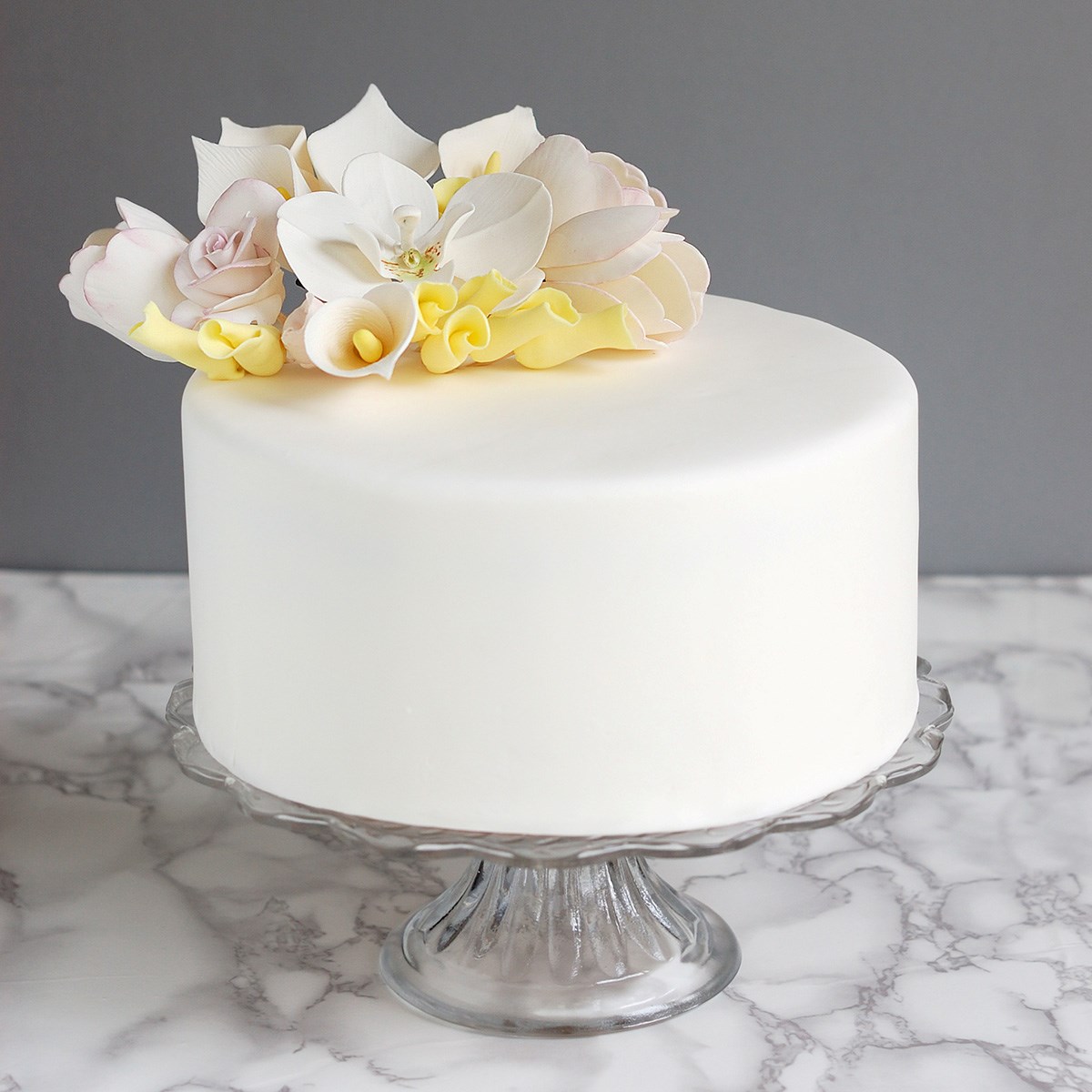
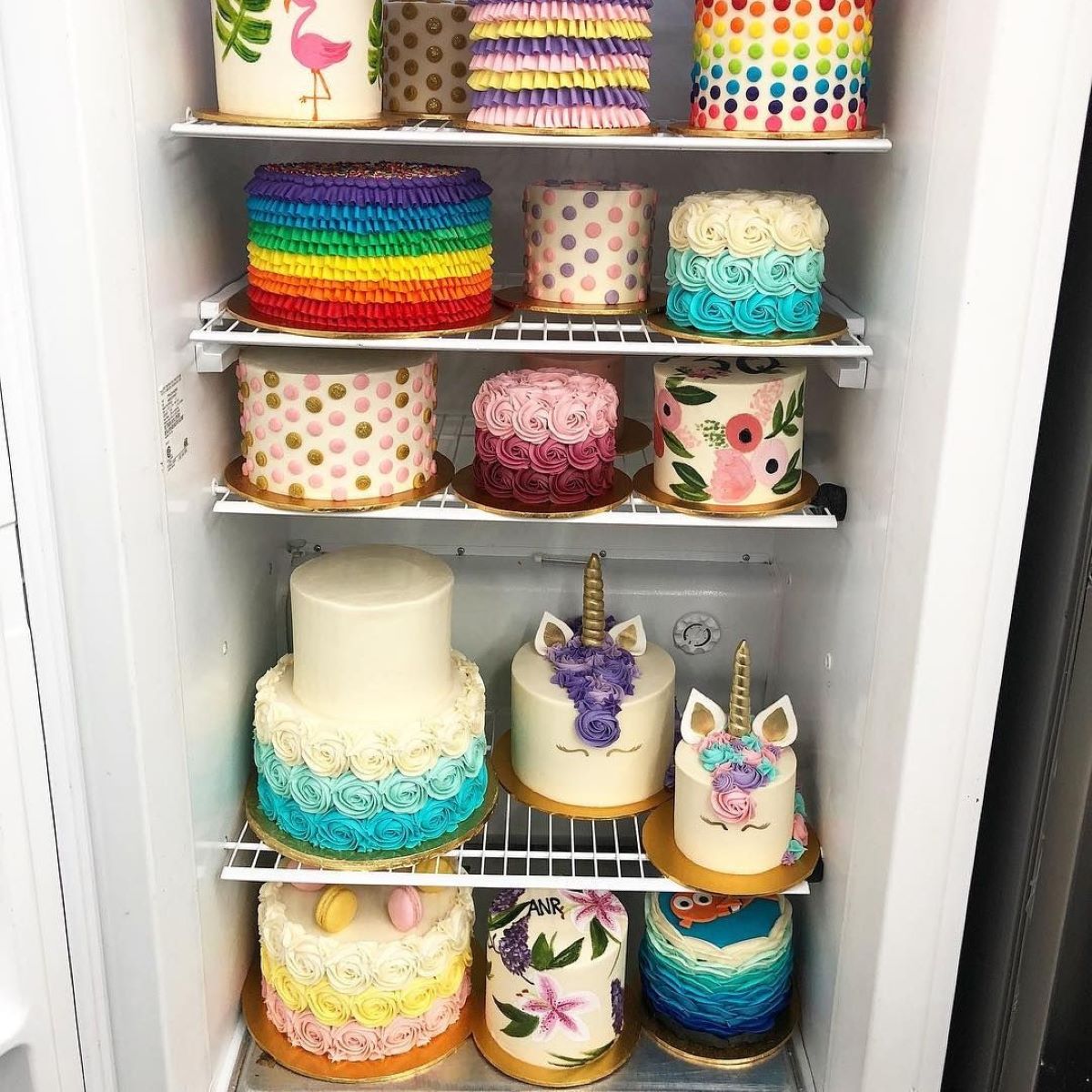
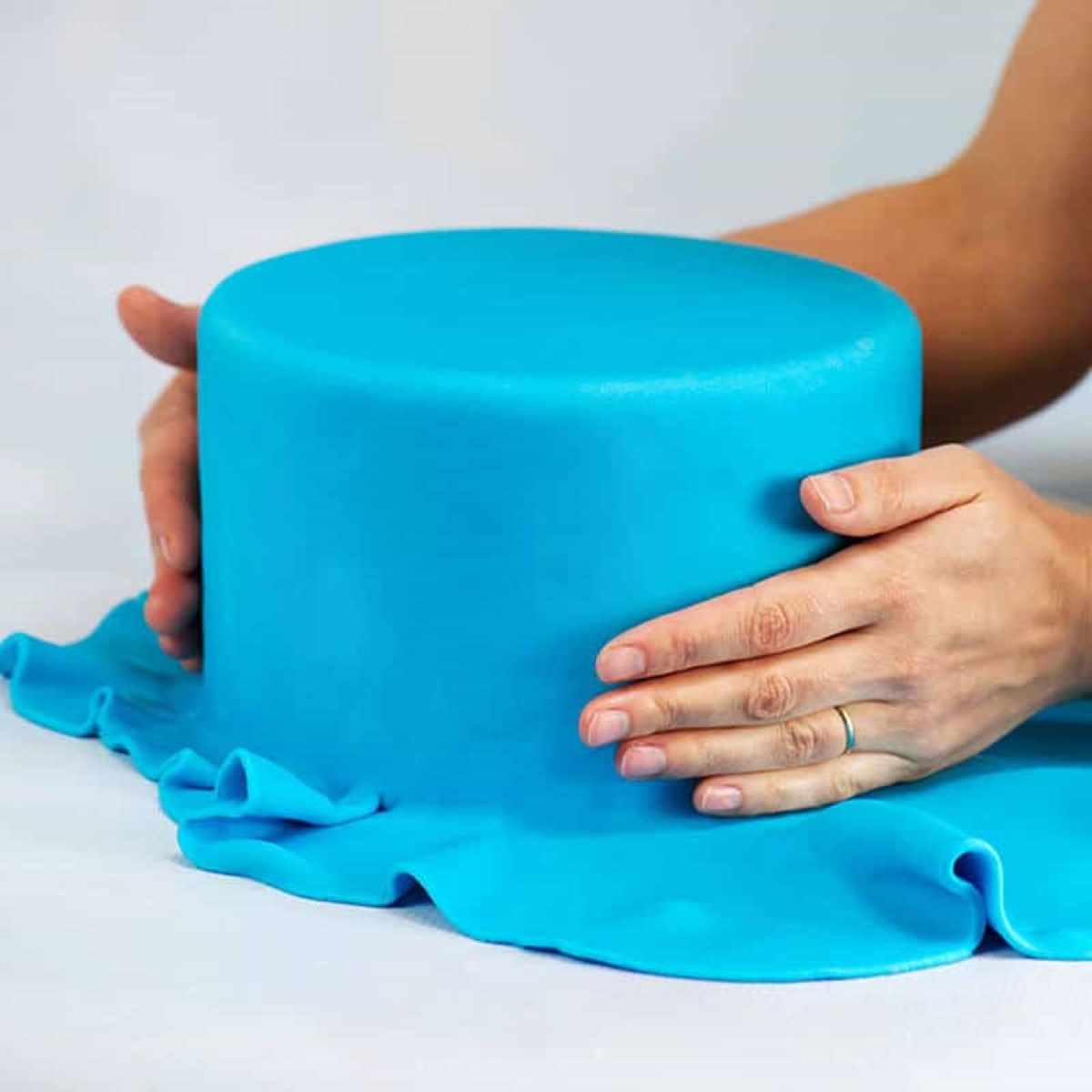
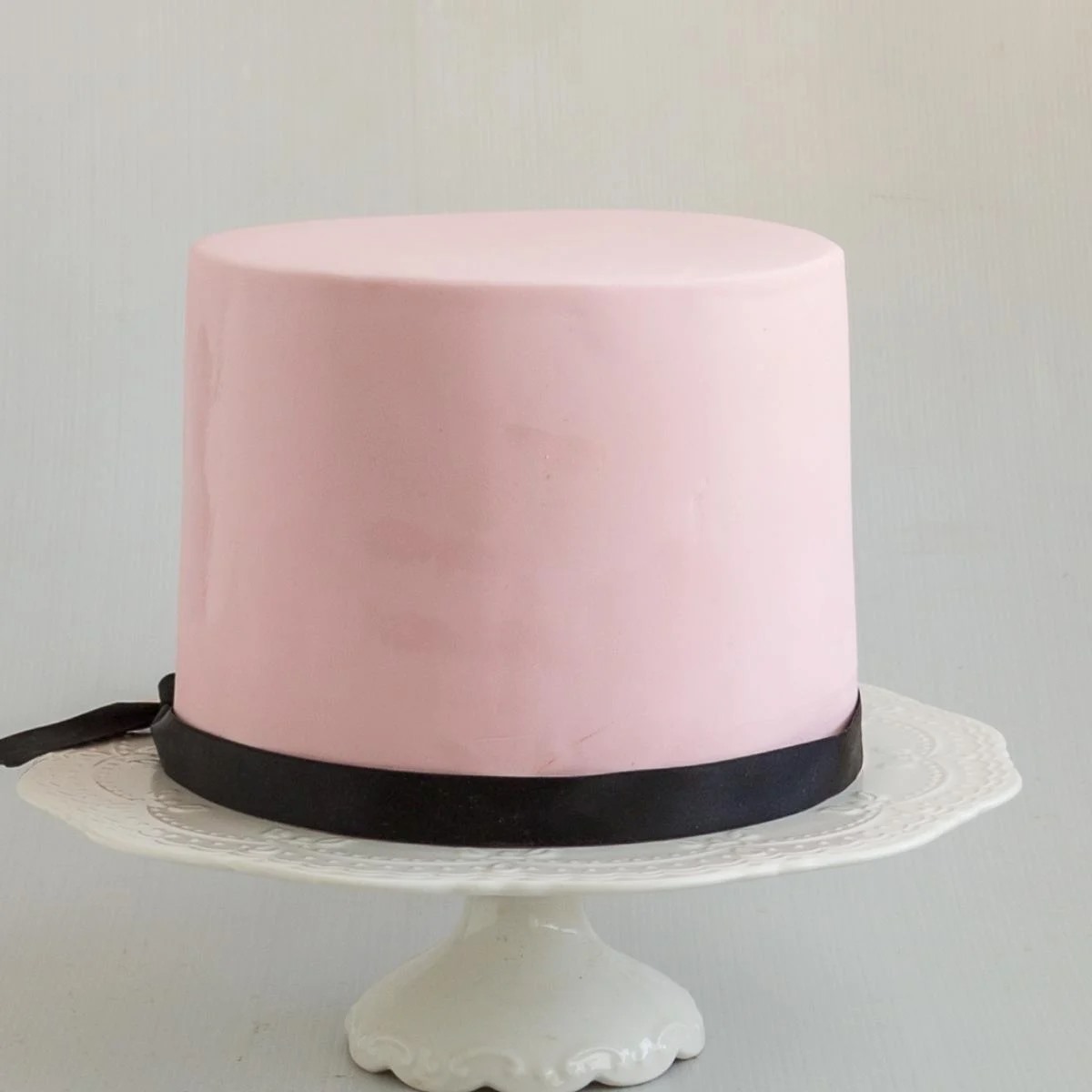
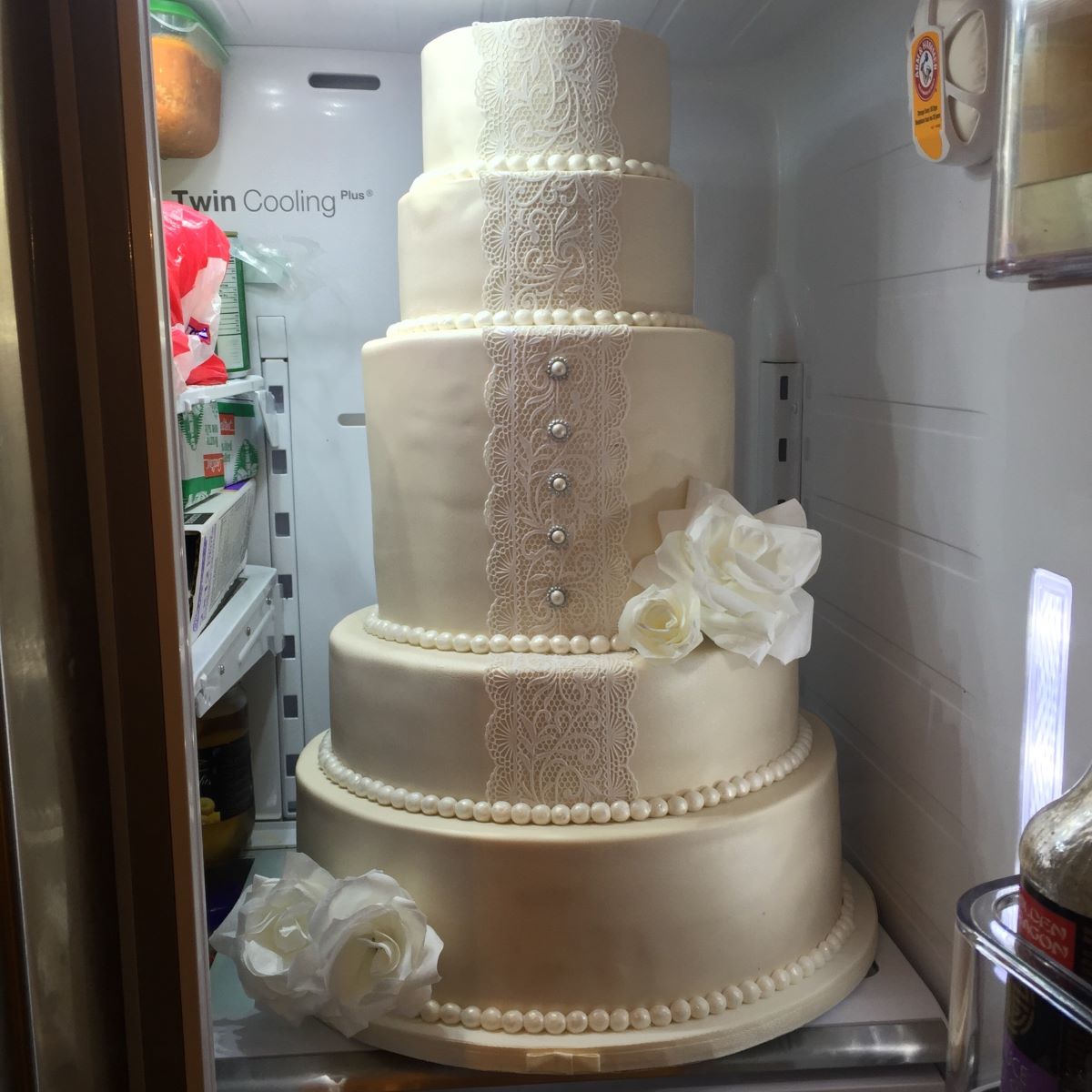
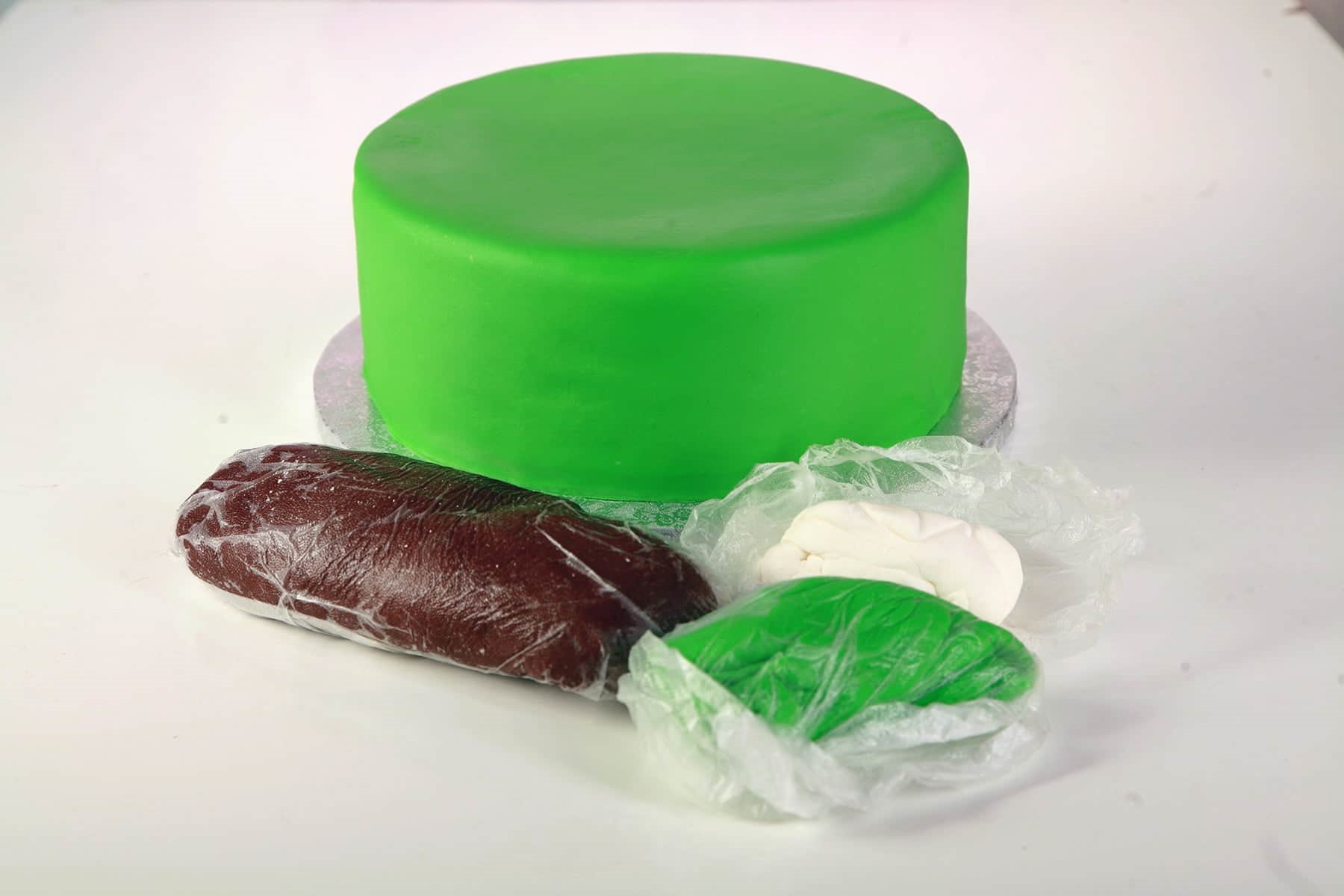
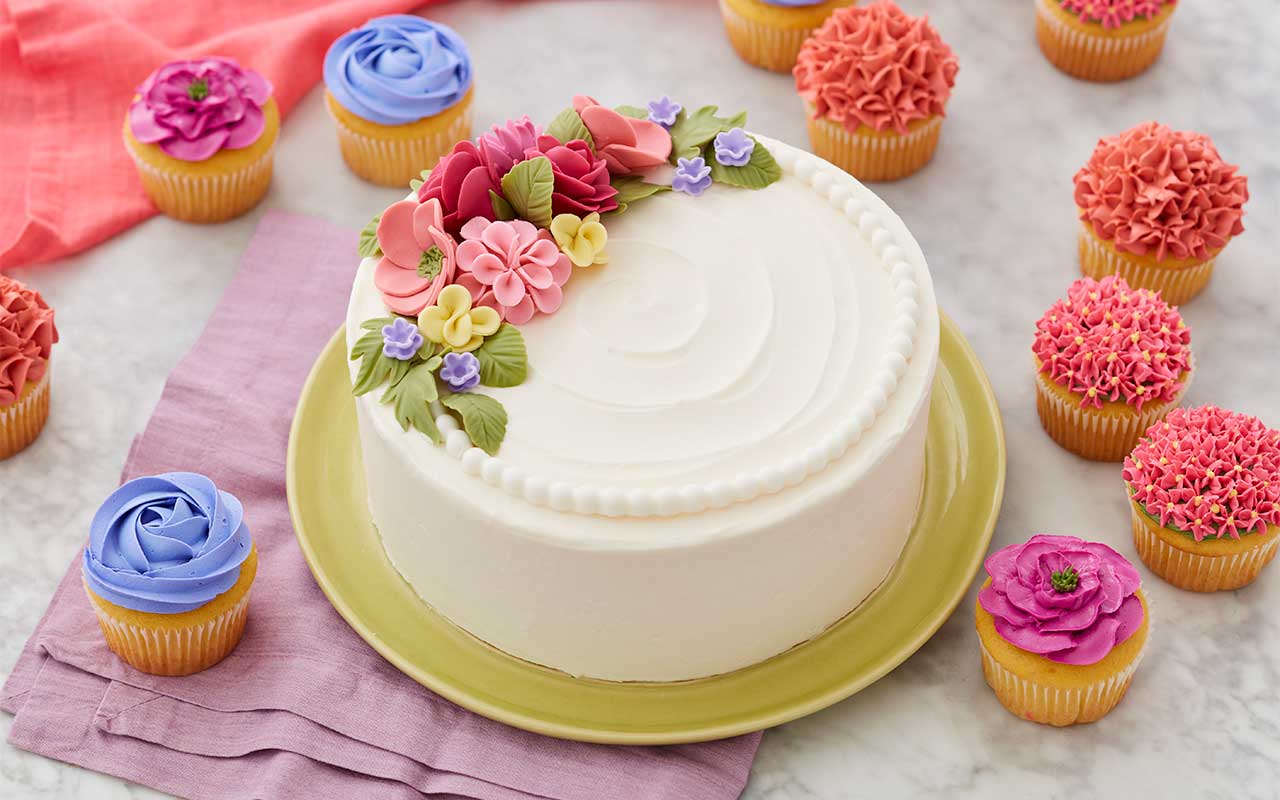
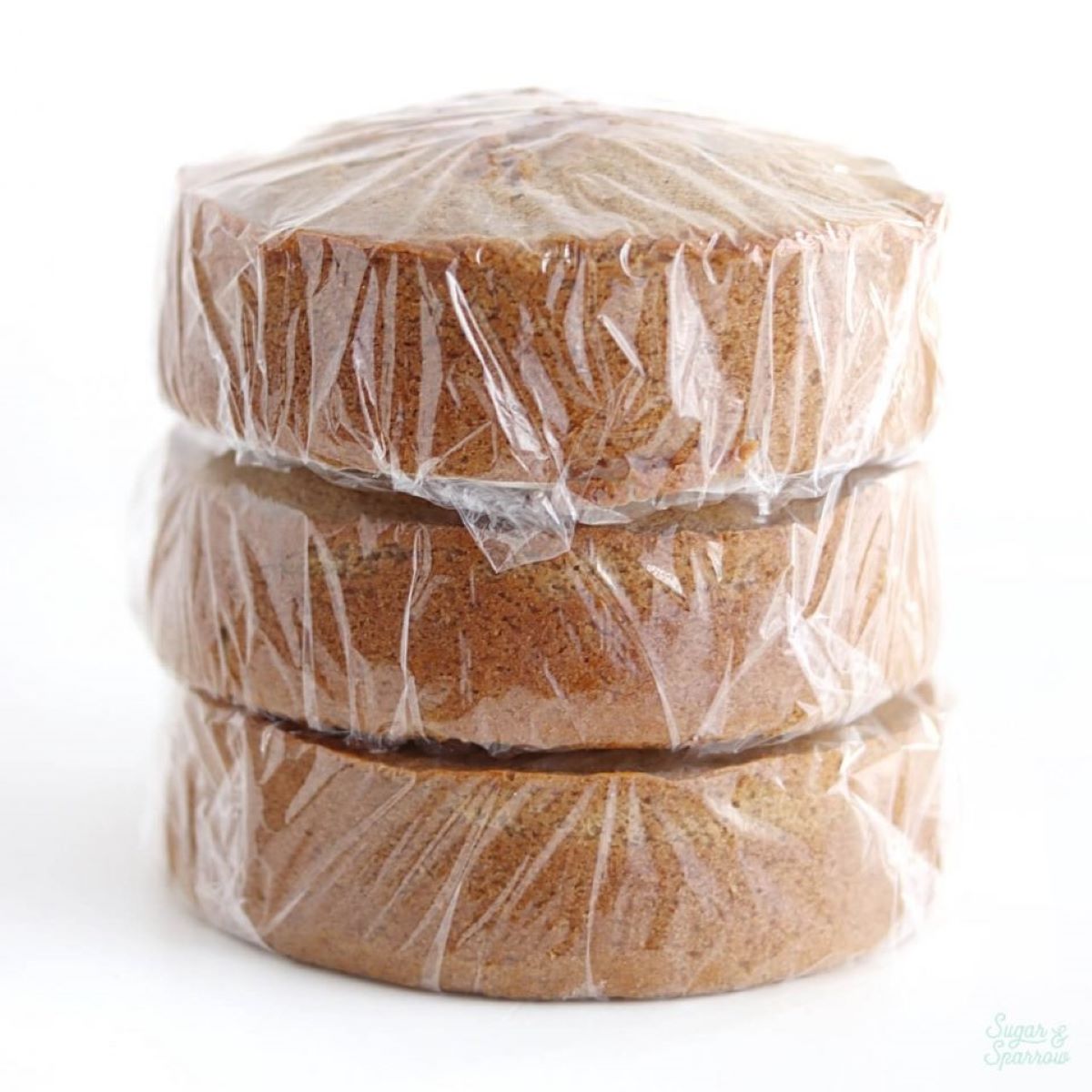
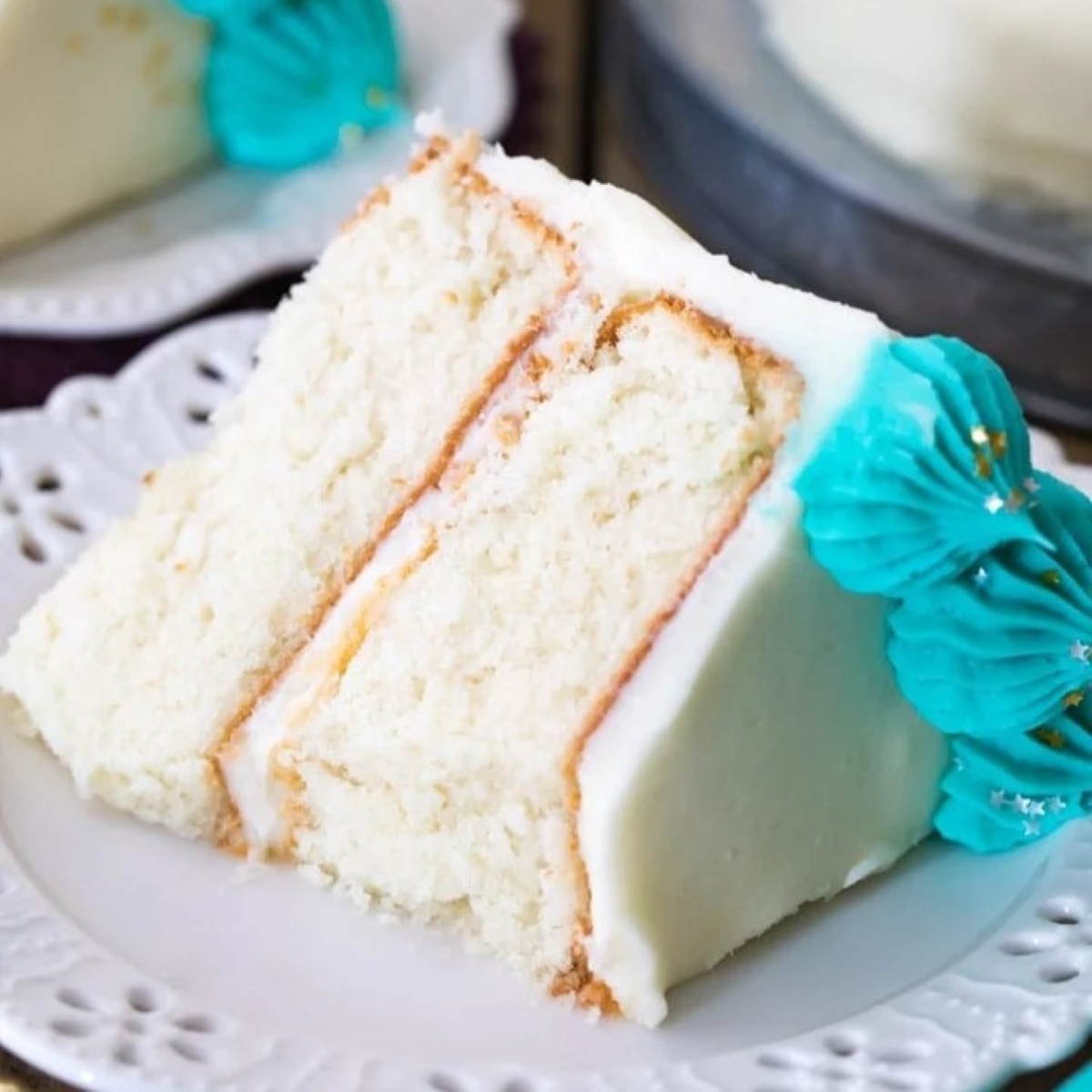
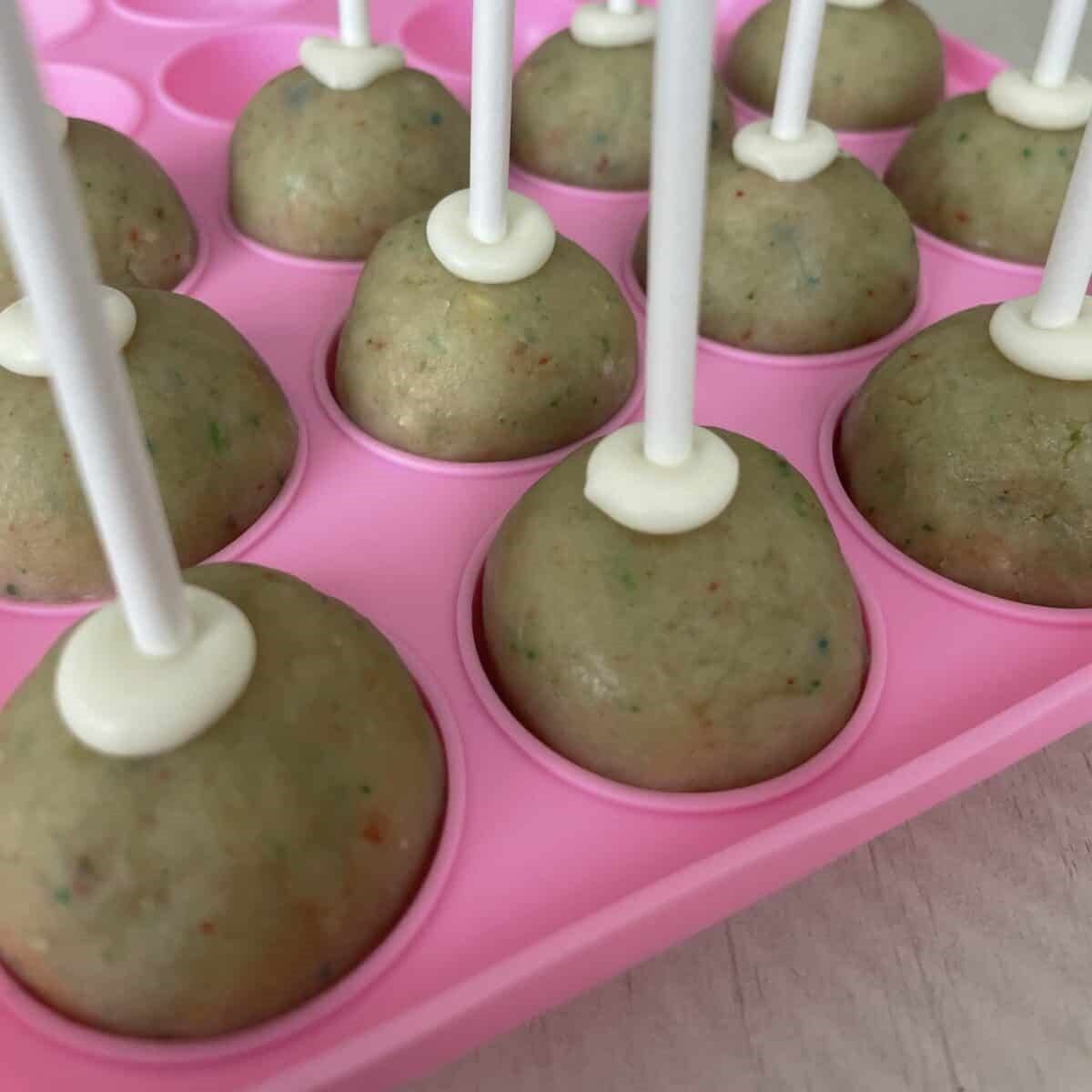
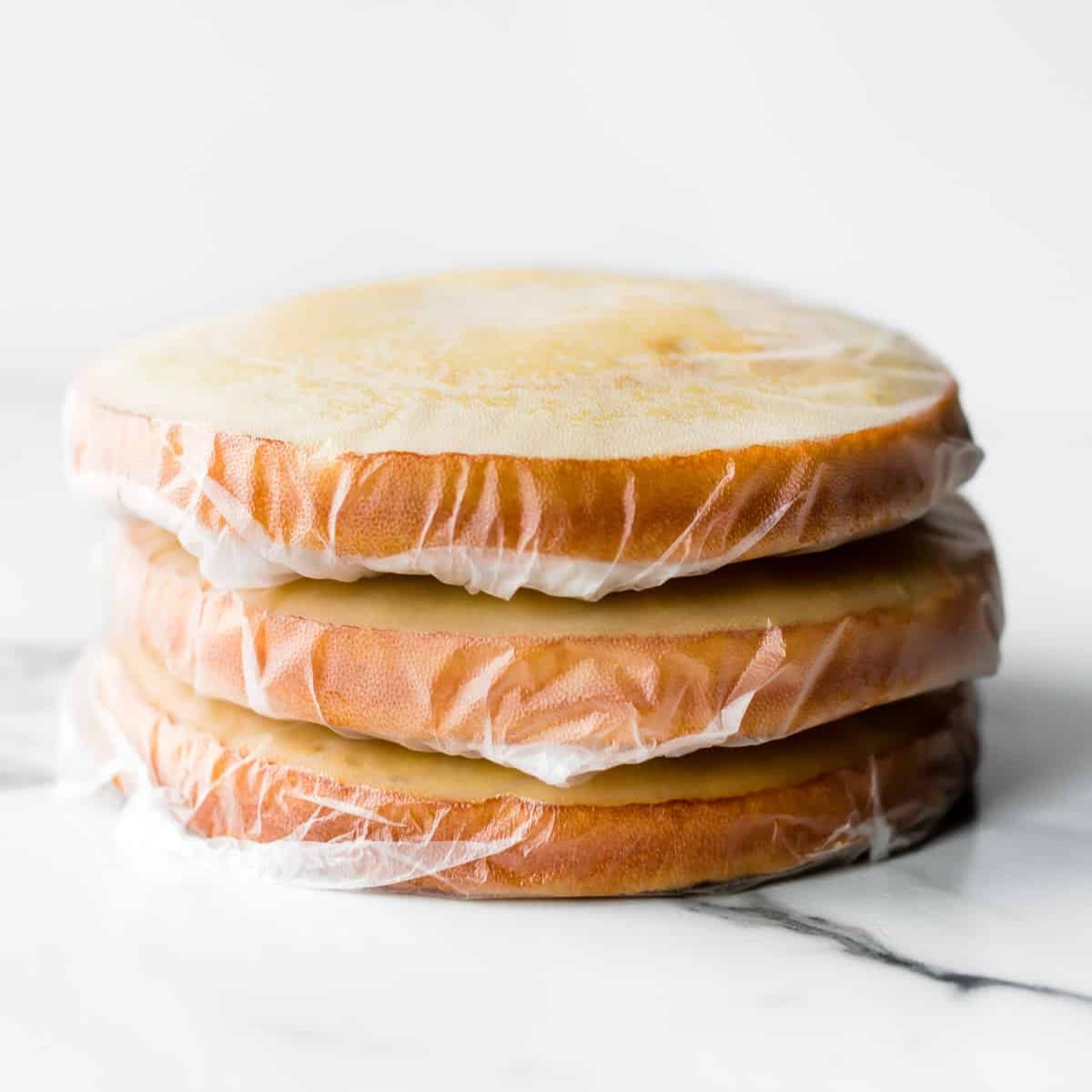
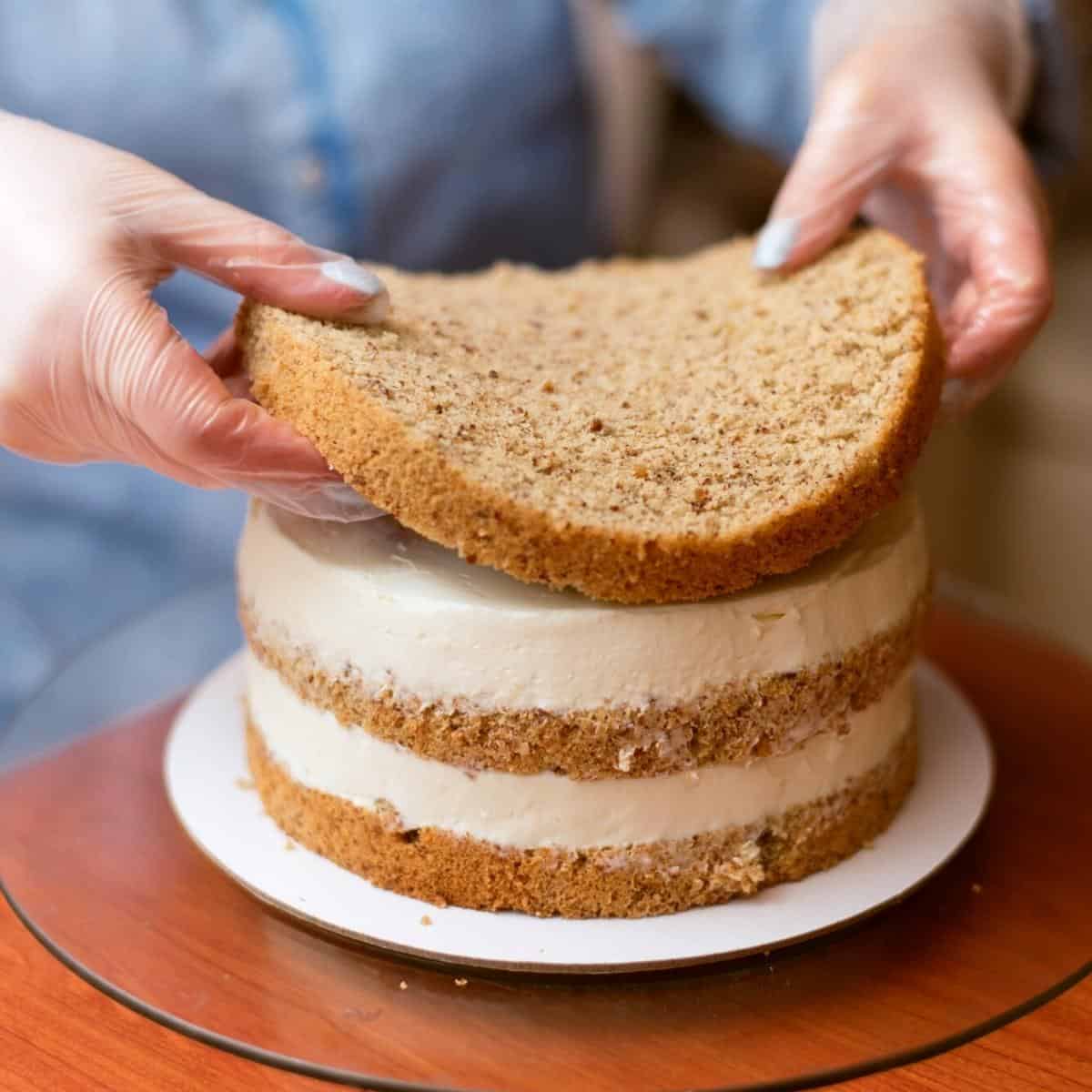
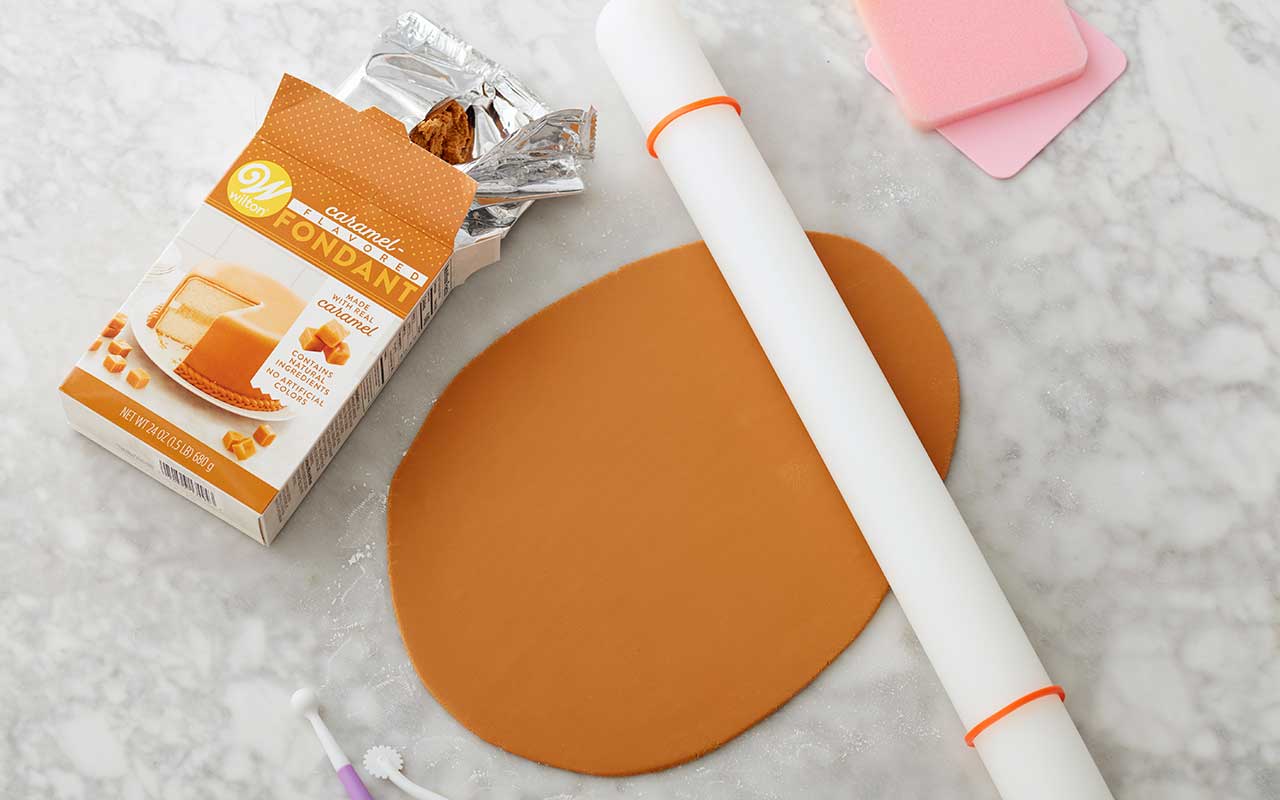
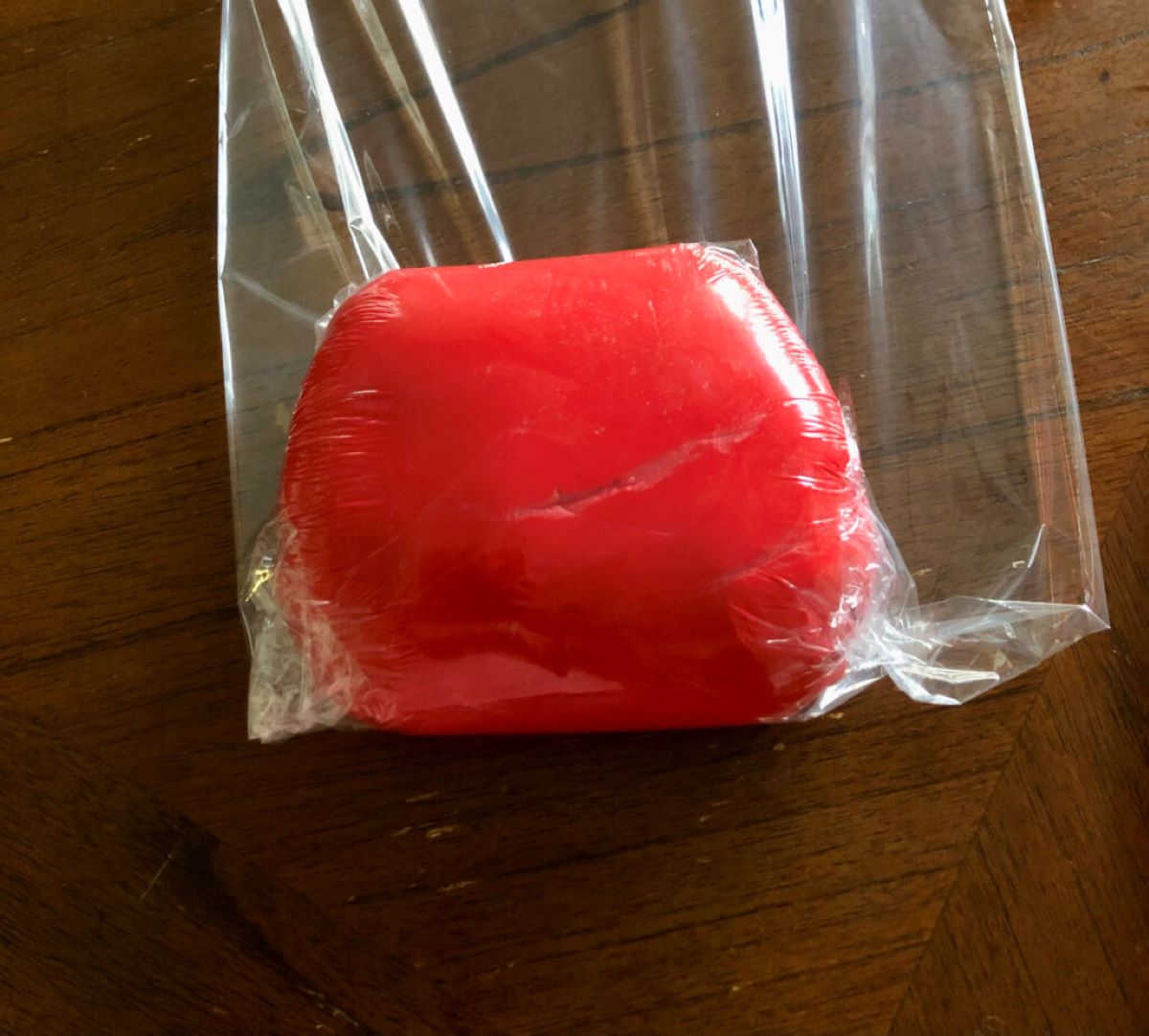

0 thoughts on “How To Store Fondant Cake Before Delivery”